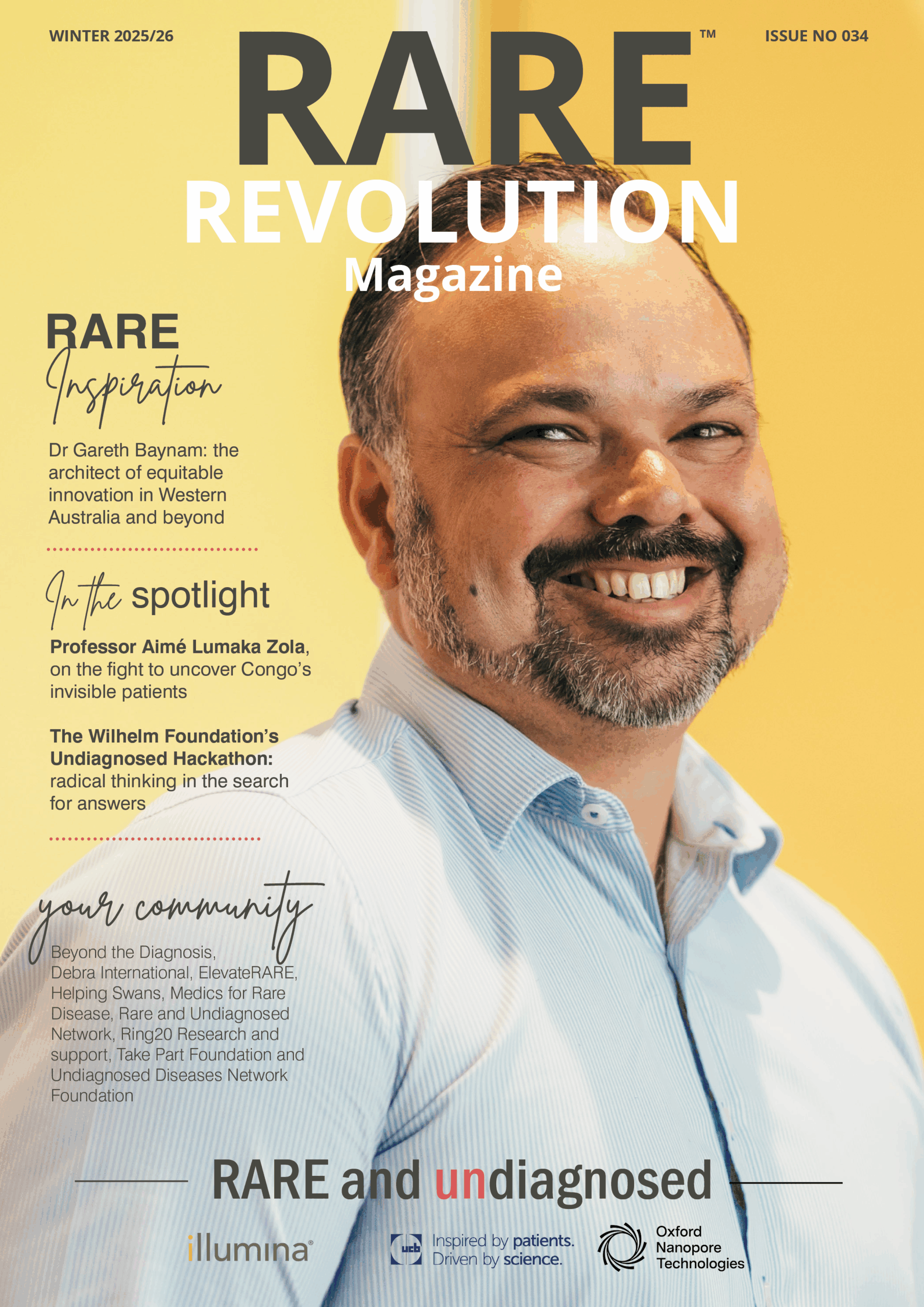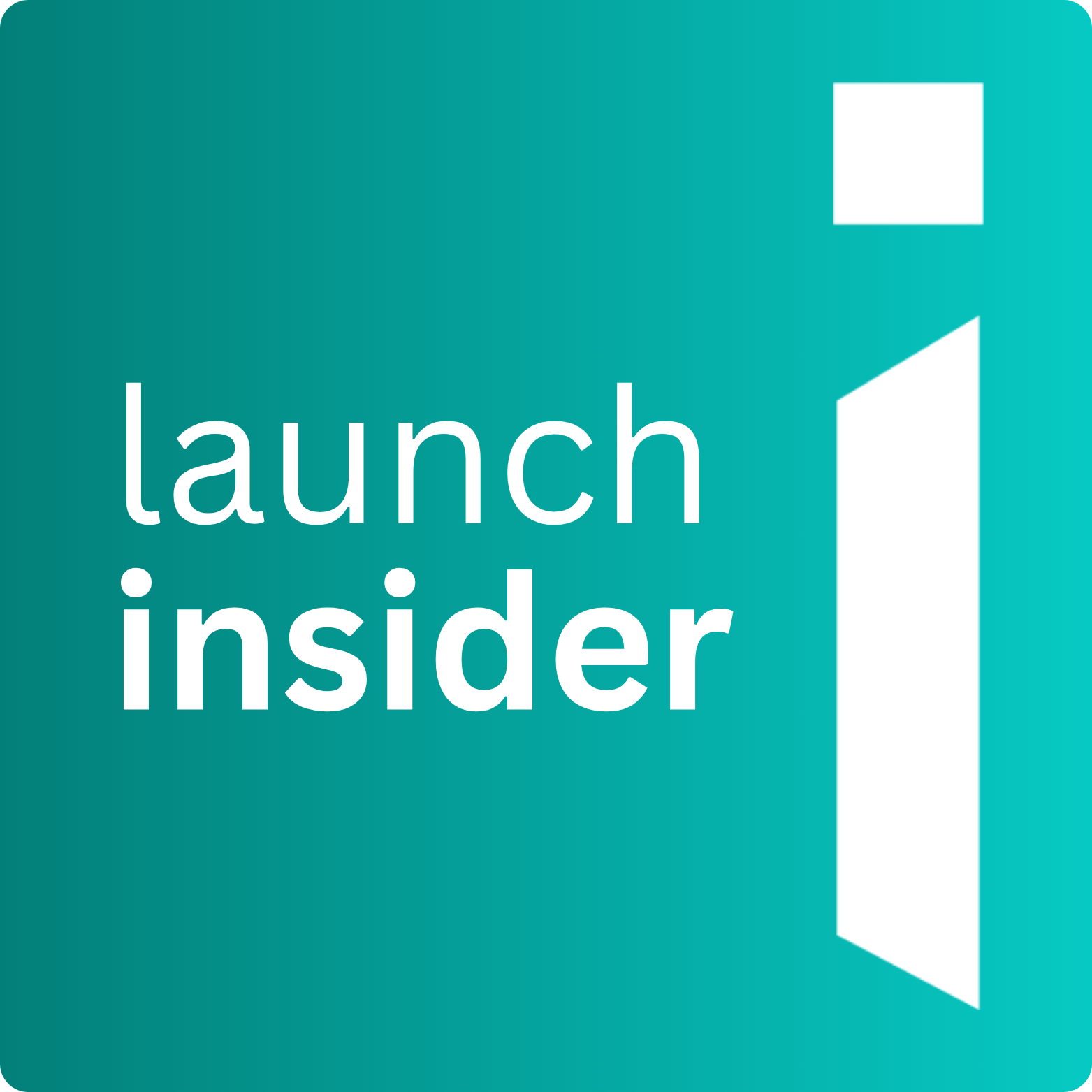NICE’s key developments in 2024 in summary

In the first half of 2024, the National Institute for Health and Care Excellence (NICE) held three public board meetings in March, May, and July. These meetings highlighted several significant initiatives and changes, focusing on the organisation’s commitment to enhancing healthcare guidance, improving performance, and engaging with the community. Sheela Upadhyaya summarises the main activities and commitments that have been made for the coming year
Improving the Timeliness of Guidance Production. NICE has always focused on speeding up the creation of clinical and health guidelines, that in turn supports fast access.
In May, NICE introduced and approved a new strategic framework for prioritising topics, designed to ensure a structured, transparent, and inclusive approach to selecting health issues and interventions for evaluation. This framework focuses NICE’s resources on areas with the greatest potential impact on public health and healthcare efficiency, aligning their work with the needs of the NHS and the wider healthcare system. By emphasising stakeholder engagement, the framework ensures that input from patients, healthcare professionals, and other relevant parties is considered, making NICE’s guidance more responsive and relevant to the healthcare community and the public. As is usual there is NO explicit mention of rare disease.
The prioritisation process in the framework involves several key criteria:
Clinical need and impact: Topics are assessed based on the severity of the condition, the number of people affected, and the potential for significant health improvements.
Economic considerations: The potential for cost savings or the efficient use of healthcare resources plays a crucial role in determining priority.
Innovation and unmet need: Preference is given to areas where current treatments are inadequate or where new, innovative solutions could provide significant benefits.
NICE’s priorities for 2024 – 2025 are: mental health, early cancer detection and diagnosis, diabetes, musculoskeletal conditions, women’s health, respiratory and neurology.
These topics are aligned with national Health and care policy and priorities, NHS priorities and operational planning guidance, NHS long term plan, Major conditions strategy, Health inequalities.
The prioritised topics for 2024–2025 do not explicitly identify rare diseases so it remains to be seen how rare disease topics will be selected based on the priorities issued. A list of the most recent prioritised topics can be found on the NICE website.
So how about rare diseases?
NICE’s Strategic Principles for Developing Guidance on Rare Diseases set the foundation for how the organisation will approach the creation of guidance for rare diseases, guiding the decision-making process of NICE’s prioritisation board. The key elements of these principles include:
Promoting innovation: NICE aims to create a welcoming environment that encourages global researchers, developers, and pharmaceutical companies to innovate. This effort focuses on developing new, cost-effective treatments for rare diseases, especially those with severe life-limiting or debilitating effects and few existing treatment options. Note the words cost-effective.
Evaluation criteria: Before considering new topics and technologies for evaluation, NICE will assess:
- Whether the condition significantly shortens life or severely impacts quality of life.
- The rarity of the condition.
- The availability of current treatments.
Guideline development approach: Apart from health technology evaluations, NICE will not usually create guidelines for single rare diseases. Instead, they will identify shared characteristics across multiple rare conditions to develop broader guidance applicable to various rare disease groups. This I believe is a helpful way to introduce guidelines for rare disease.
Collaboration and communication: NICE is committed to proactively engaging with rare disease stakeholders, including patients and experts. This collaboration aims to foster a shared understanding of NICE’s methods and processes in clinical guidelines and technology appraisals. Rare disease stakeholders should consider how they can proactively prepare for interaction with NICE in advance of NICE contacting them. There are several activities that can be undertaken to prepare for this, and I am open to exploring these with all organisations who are interested. Please contact me on the email below.
Alignment with frameworks: NICE will align its work with the UK Rare Diseases Framework. They will also work with stakeholders to expand the evidence base related to rare diseases, enhancing the overall understanding and management of these conditions. Again, another opportunity to work with NICE and share knowledge and resources.
Other developments
NICE recognises the need to stay current amidst rapid scientific advancements and has updated its methods to reflect this. The board discussed improvements to the methods agenda, including interim process guides and quality standards, enhancing the transparency and consistency of evaluations. Traditionally, NICE updated its manuals at set intervals, causing delays in incorporating new evidence. To address this, NICE has adopted a modular approach, allowing specific sections of the manuals to be updated independently as new evidence emerges, ensuring guidance remains timely and reducing administrative delays.
This approach not only accelerates the process of updating guidance but also reduces the administrative burden and time required for comprehensive updates. By implementing these modular updates, NICE aims to maintain the accuracy and currency of its recommendations, providing healthcare professionals with the latest evidence-based information (NICE). Figure 1 outlines the key steps in the process.

A significant new initiative launched in July was the Engagement and Involvement Strategy a three-year plan aimed at increasing public and community engagement. This strategy seeks to involve a broader range of voices in NICE’s work, ensuring that the guidance and standards developed are more reflective of diverse patient and community needs. By fostering stronger relationships with the public and various stakeholders, NICE aims to build greater trust and relevance in its recommendations (NICE).
Conclusion
In 2024, NICE took strides to redefine how it prioritises health topics, rolling out a new strategic framework that puts the focus on areas with the most significant impact on public health. This framework isn’t just about ticking boxes—it’s about being transparent, inclusive, and making sure every decision is shaped by the voices that matter, from patients to healthcare professionals. With priorities like mental health, early cancer detection, and diabetes, NICE is aligning itself with national health goals to tackle the most pressing challenges. But when it comes to rare diseases, the path is less clear, sparking curiosity about how these will be addressed.
NICE’s Strategic Principles for Rare Diseases promise to foster innovation, encourage collaboration, and craft guidelines that resonate across multiple rare conditions, ensuring that even the rarest voices are heard. It remains to be seen if this will indeed be the case.
NICE are also committing to a modular approach to updating its manuals, allowing for specific sections to be revised independently as new evidence emerges. Gone are the days of waiting for a full manual update—now, NICE aims to get new evidence integrated in real-time, ensuring healthcare professionals are always equipped with the best information. In addition, NICE launched an ambitious Engagement and Involvement Strategy, a three-year mission to amplify the voices of the public and community in their work. By forging stronger connections with diverse groups, NICE is not just staying relevant—they’re building trust and making sure their guidance truly reflects the needs of those they serve.
These activities and priorities may well be the areas the health and social care system requires addressing, priorities for one group are not always the priorities of another. However, given there is still little reference to rare diseases explicitly it seems once again that NICE has chosen to prioritise the many over the few. If NICE were to make more reference to how they would address the needs of the rare disease population more explicitly it may provide more assurance where currently none exists.
I encourage rare disease stakeholders to join me in monitoring the affects of these changes so we can collectively see if rare diseases are securing the input and priority they deserve as I know NICE is open to hearing feedback from the people it serves.
About Sheela – a life sciences consultant specialising in rare disease
Sheela Upadhyaya is a consultant to the life sciences industry. She led the NICE Highly Specialised Technology Programme, the programme to evaluate medicines and technologies for rare and ultra-rare conditions for commissioning in the NHS. In her consulting practice she supports a range of strategic activities to advance rare diseases from research all the way to access and adoption.
Sheela excels in developing partnership and collaboration-enabling change and progress. In her consultancy she works with a range of stakeholders on policy and market access issues in the rare disease space. She possesses an excellent ability to challenge the status quo with stakeholders to secure positive access and adoption for orphan medicinal products.
She is co-chair for the Health Technology Assessment International Rare Disease Interest Group and is chair in a project at ISPOR (The Professional Society for Health Economics and Outcomes Research) in rare disease.
Sheela can be contacted at sheelaupadhyaya@gmail.com ,or connect with her on LinkedIn.
Sponsored Industry Insights columns are available. Please contact hello@rarerevolutionmagazine.com.









